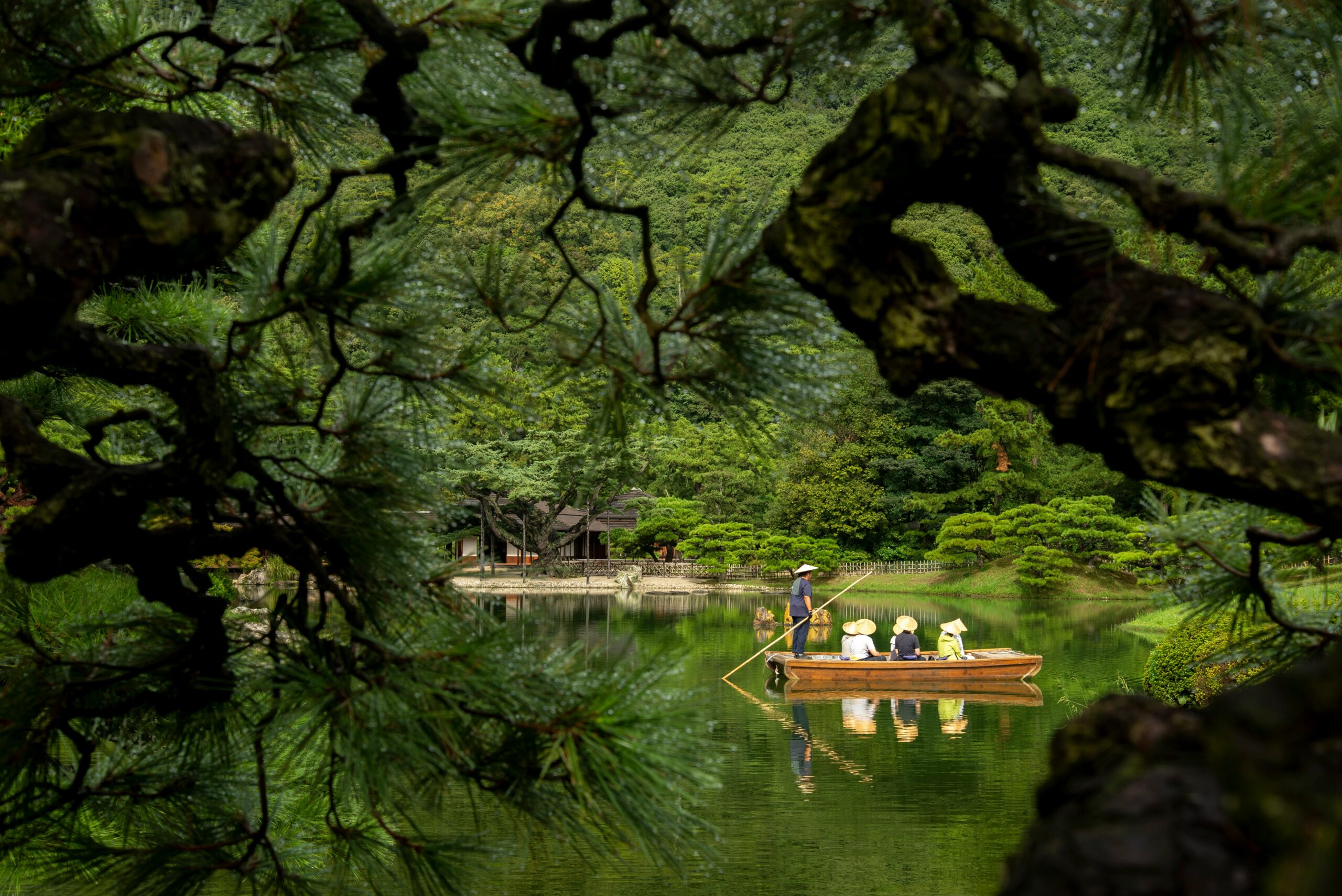
Shikoku Japan Self-Drive Itinerary: Explore Japan’s Hidden Gem

A self-drive holiday in Shikoku, Japan’s smallest and most serene main island, offers an unforgettable adventure filled with scenic beauty, rich culture, and hidden gems. Known for its stunning landscapes—from lush mountains to pristine coastlines—Shikoku is perfect for those who want to experience Japan’s natural wonders at their own pace.
Driving through Shikoku allows me to explore off-the-beaten-path destinations, such as the tranquil Iya Valley with its vine bridges, or the ancient pilgrimage route of the 88 Temple Pilgrimage. We passed through charming rural villages, coastal towns, and bustling cities like Tokushima and Matsuyama, each offering unique local experiences and culinary delights, such as Kagawa’s famous Sanuki udon or fresh seafood from Kochi’s markets.
Here is our 3-day travel blog.
DAY 1

Before the start of any journey, we always make sure that the gas tank is full.
We started our journey from Hiroshima, therefore we will be going in an anti-clockwise direction for this trip.

During a self-drive holiday in Japan, an expressway pass for your rental car is an essential tool that can save you both time and money while navigating the country’s extensive network of toll roads. Japan’s expressways are efficient, well-maintained, and offer quick access to some of the most scenic routes and tourist destinations across the country, making them a valuable resource for travelers who want to maximize their time on the road.
The Japan Expressway Pass (JEP) and regional options like the Shikoku Expressway Pass (SEP) allow unlimited travel on designated expressways for a set period. These passes offer significant savings, especially if you plan to cover long distances or hop between regions during your trip. The cost of individual tolls can add up quickly, and with an expressway pass, you avoid the hassle of stopping at toll booths and paying each time you enter or exit the expressway.
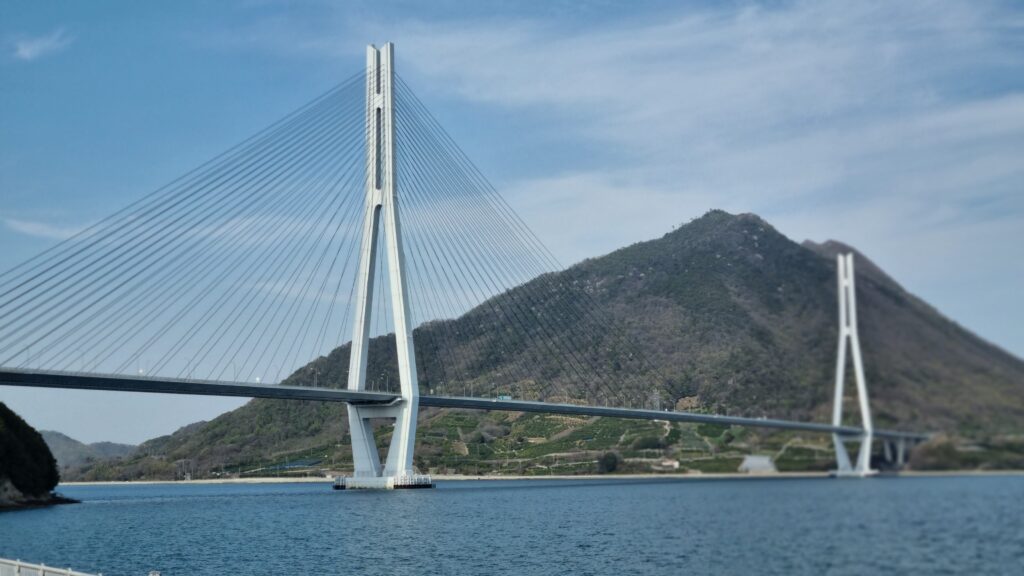
Shikoku has several islands, we drove past many bridges like this. Do stop and enjoy the view whenever you can.

We found a beautiful Clock Tower with a bell at this Roadside Station Tatara Shimanami Park.

Drive on another spectacular bridge.

There were also small coffee places like this.
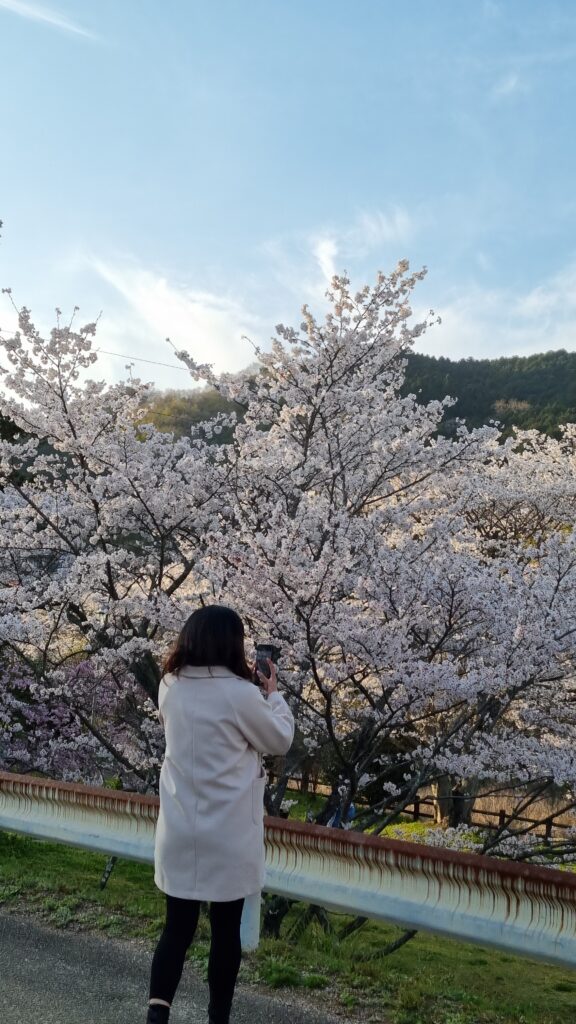
Sakura was in full bloom when we were there. They were so low that you could touch them. Please remember not to pluck any of them.

It was almost 6 pm as we reached Matshuyama. Our hotel was next to the station.

Hotel rooms in Japan are generally small compared to other countries. A typical twin room is about 10-12 sqm. Everything is functional and at a bare minimum. Be mentally prepared for it.

The toilet is of the plastic modular type that is functional and easy to maintain. The best thing about Japanese toilets is that most come with a WC with jet spray. Some even provide heated seats.

We came to this local restaurant, which is highly recommended online for its Sea-Bream Cooked Rice.
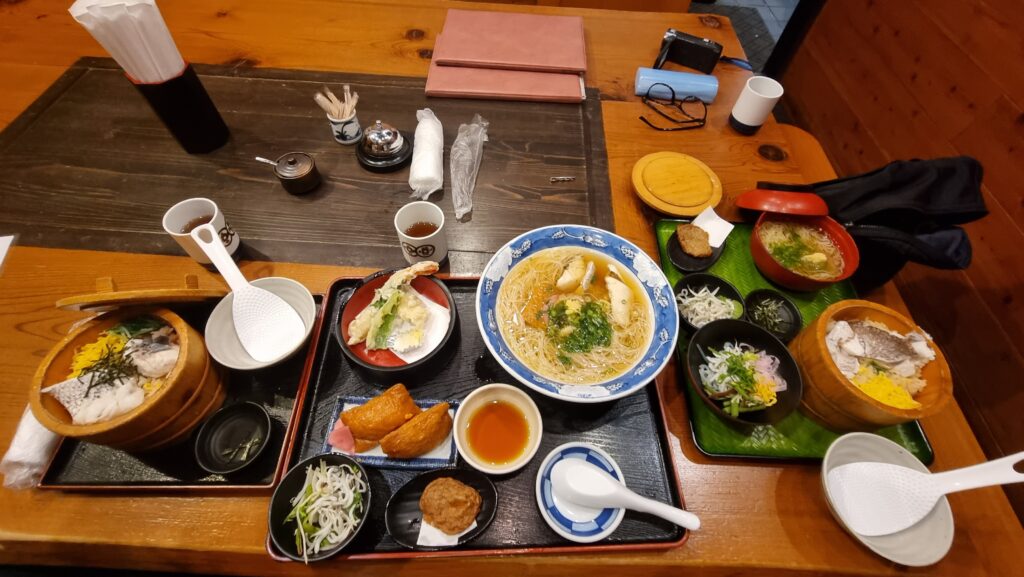
However, their most popular dish was already sold out. So we ordered other dishes from their menu. It was also delicious though a little pricey.

We went in to take a look and bought some snacks.

Some snacks before we called it a night.
DAY 2

Our hotel provides a buffet breakfast. I would highly recommend that you book rooms with breakfast as it saves you the trouble of looking for something to eat early in the morning.

Sea-bream sashimi was available too. They were quite delicious.

Look at our colorful and delicious food. Remember to take what you can finish.

As we headed to the first destination, we passed Trams still operating in the city.

We parked our car at a car park nearby that cost 100 yen per hour.

We were unlucky as the Dogo Onsen was under upgrading work during our visit.
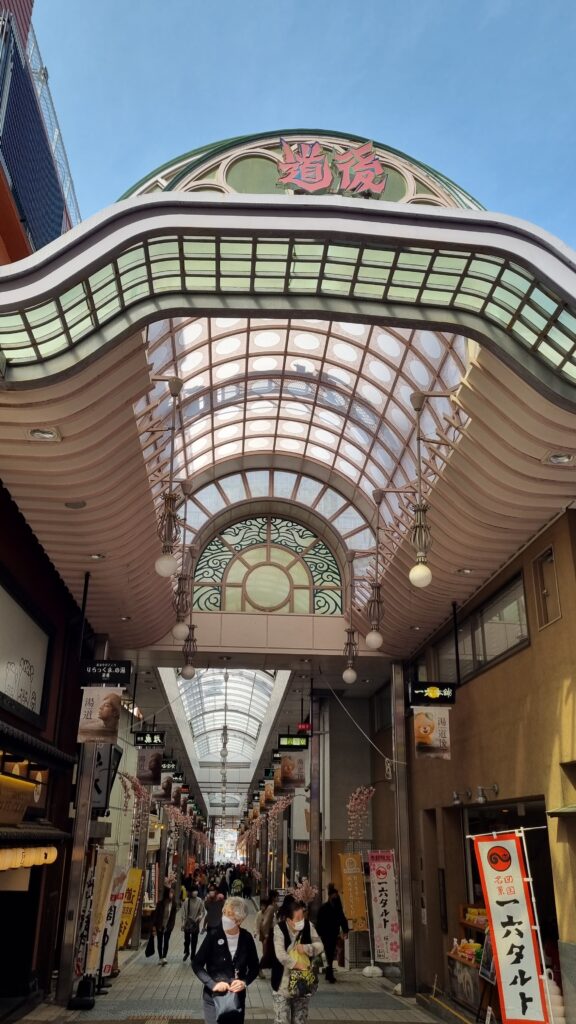
We could only visit the shops opposite the Onsen.

Many souvenirs were available.

A popular attraction here is the Human Rickshaw Ride.
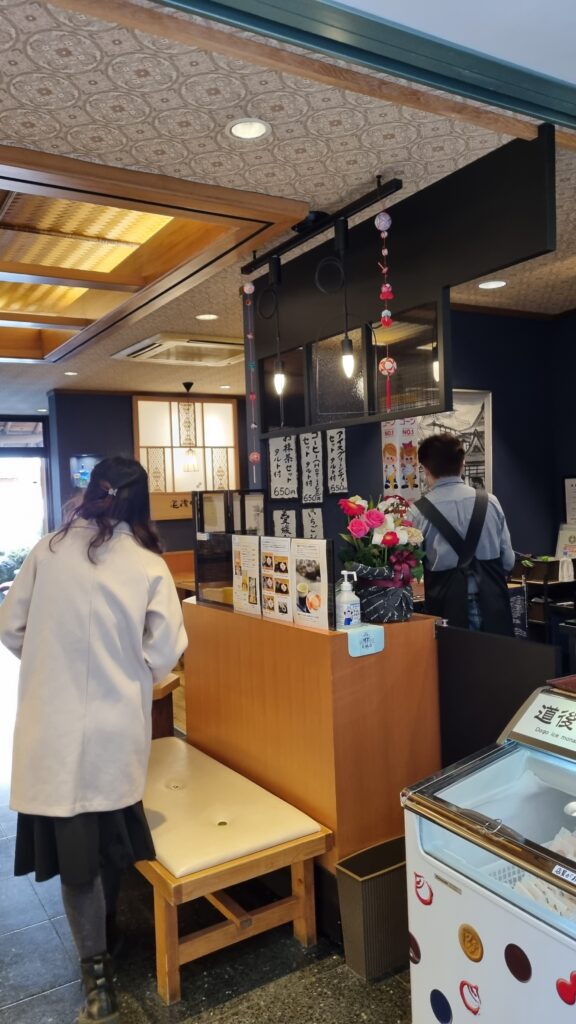
We saw this beautiful ice cream shop and decided to pay a visit.


Some other products that are sold in the shop.


There was also a beautiful garden behind the shop.

My delicious Matcha ice cream.

One of the specialties in Matsuyama is the mini Mandarin Orange. Many orange products were available here.
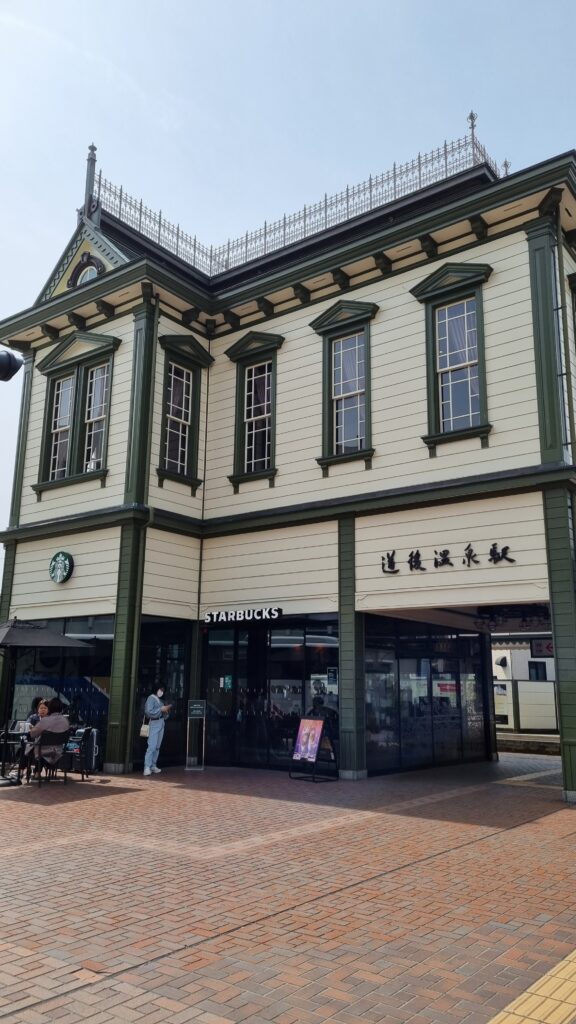
The former Dogo Onsen train station.
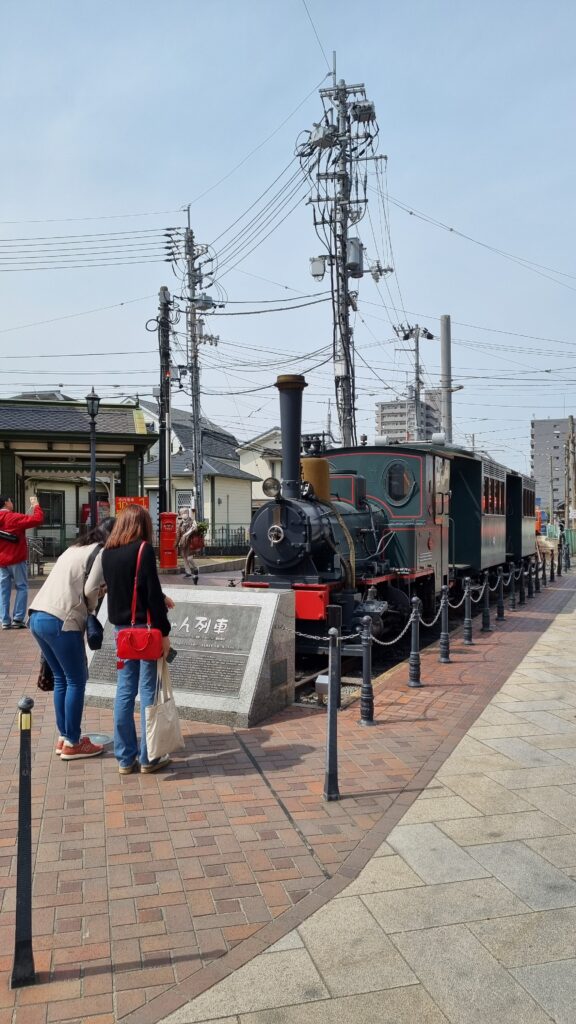
A train model was on display here.

Miniature dolls showing the old ways of the Dogo Onsen would come out from this clock tower every hour.
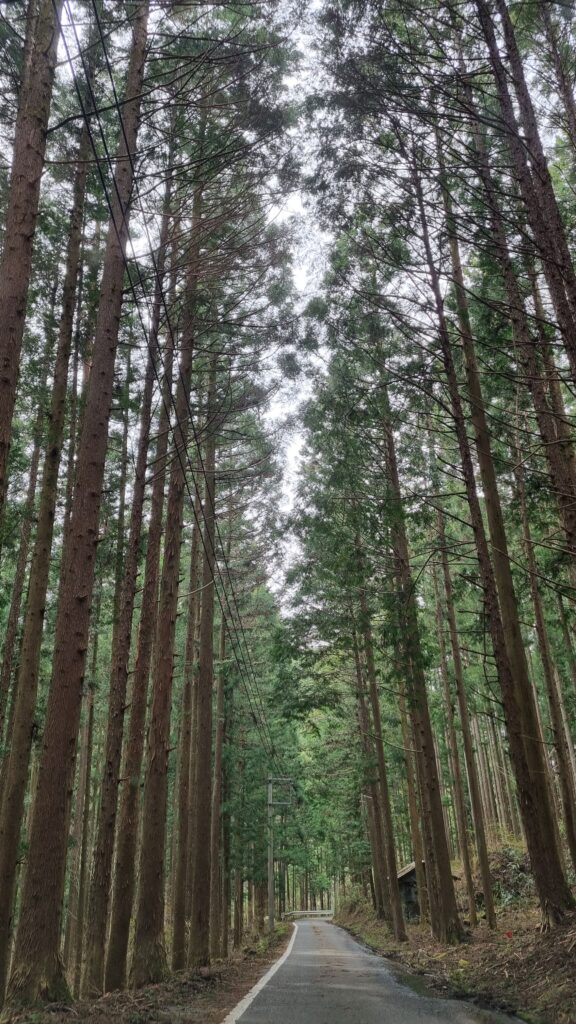
As we drove towards our next destination, we passed by these tall beautiful trees lining both sides of the road.

Checking out the road map for our trip.

There were many rivers like this along our journey.

Coupled with beautiful bridges full of Sakura growing at the side.

Trams and buses were also used as a primary public transport in Kochi.

Arrived at our favorite Aeon Mall Supermarket in Japan.


These strawberries and grapes would cost three to four times more in our home country.

You can get a 10% VAT refund if you spend more than 5000 yen in Aeon.
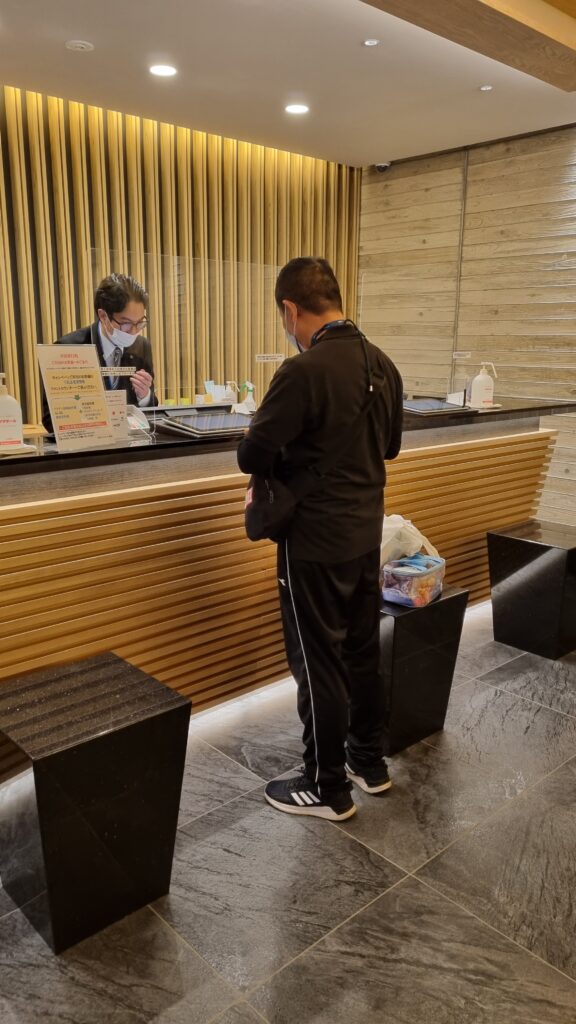
Checking in at our next hotel.

These are our beds for tonight.
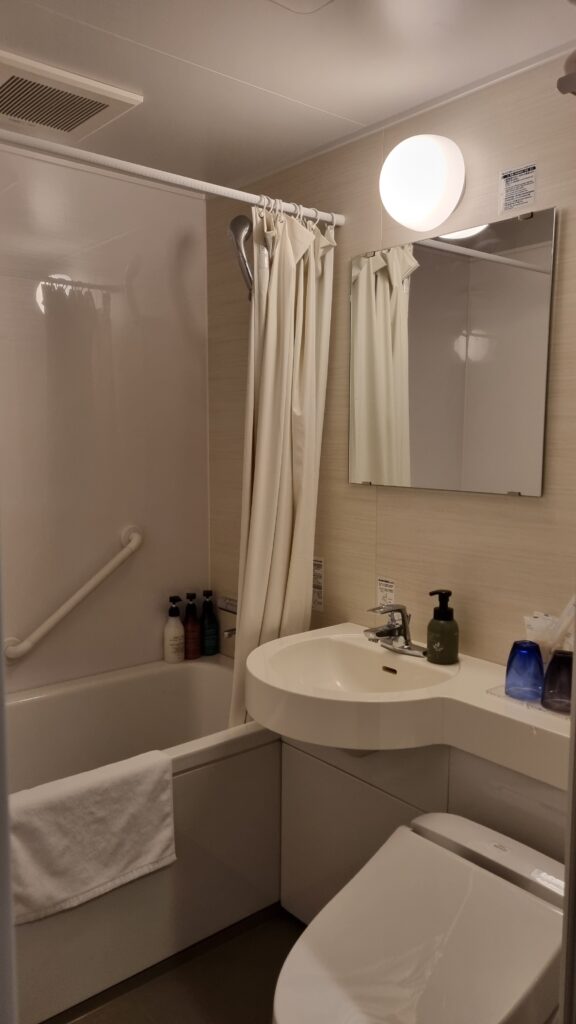
Does this toilet look familiar?

We had this open space as a wardrobe.

We drove over to this Chicken restaurant for our dinner. It was quite popular with the locals. We had to wait outside until a table was available for us.

We ordered chicken chop, stir-fry chicken and ….
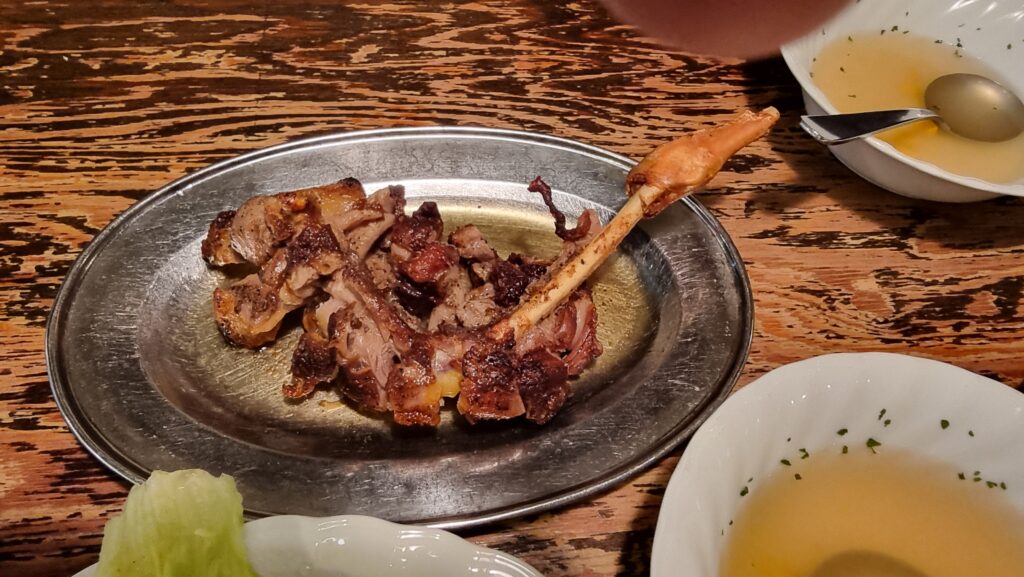
Their signature bone-on chicken dish. The last one was too oily for our liking.

Many hotels provide Washers and Dryers in the common area. We made use of it whenever we could.
DAY 3

The breakfast from this hotel came in sets. The first set we ordered was a Saba fish set.
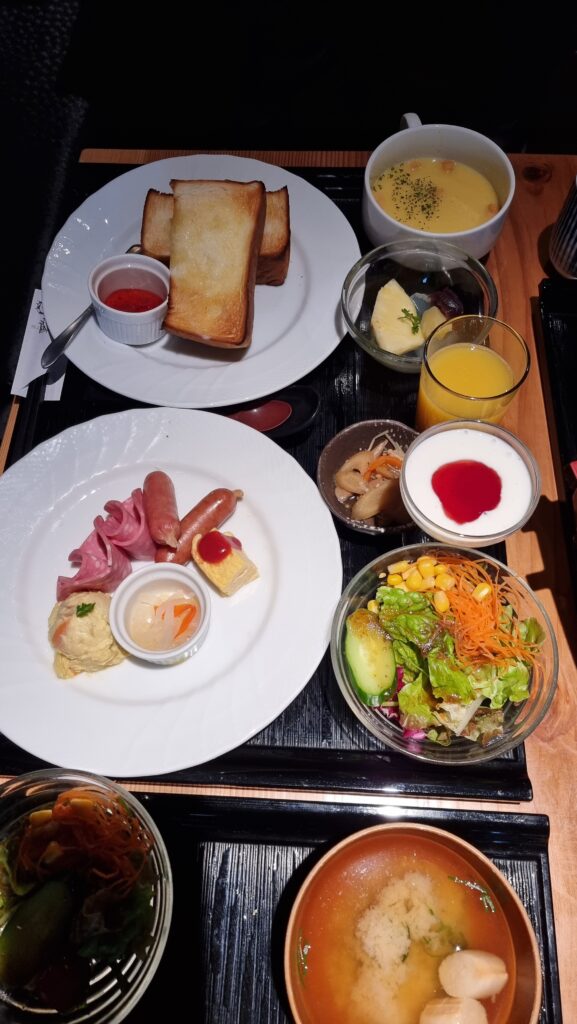
The second was a continental set.

The third set was a sashimi set. All were delicious.

On the way to Iya Valley, we found a place where we drove right below the Wind Turbine. There are many of these majestic Wind Turbines in Japan.

After the Wind Turbine, we continued our journey and passed by many Sakura trees in full bloom. It was a beautiful sight.
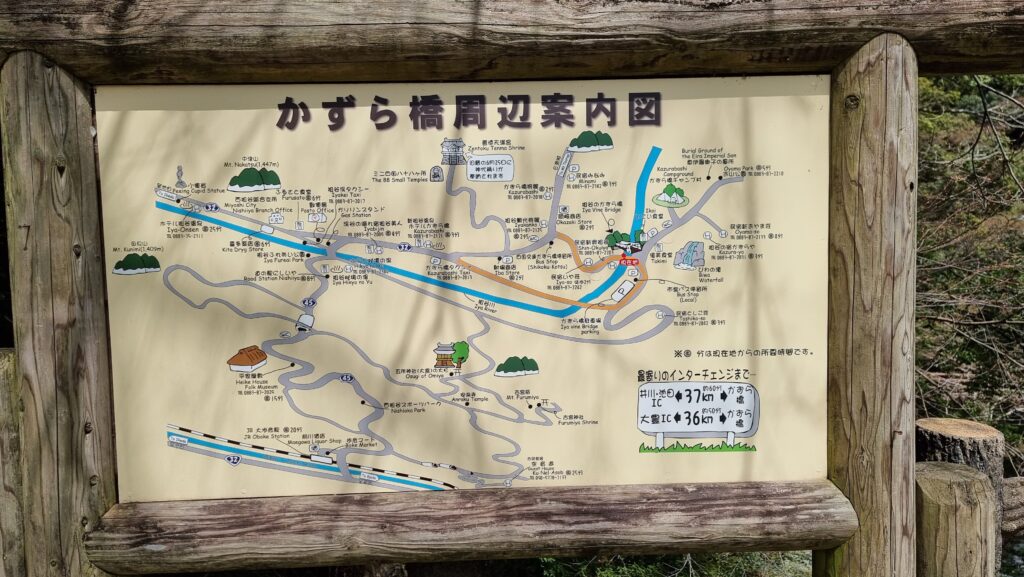
This is the vicinity map of Iya Valley.

From the car park, the first site would be the Souvenirs House.

All forms of local souvenirs are available here.

A short 10-minute walk was required to the Iya Valley Vine Bridge.
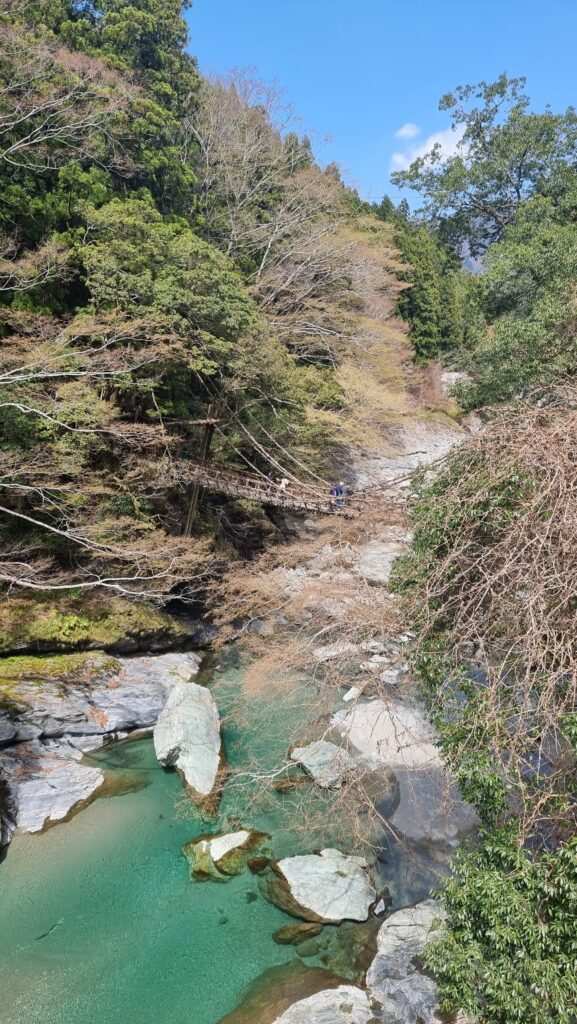
The view of the bridge from afar.

The path to the ticket booth. The fee to cross the bridge was 550 yen.
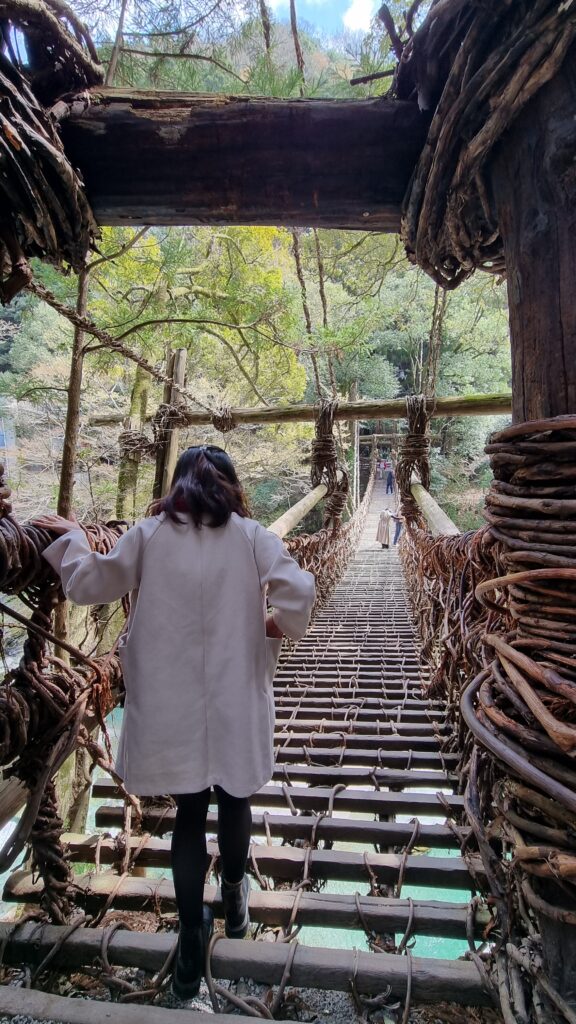
The Iya Valley Vine Bridge is a breathtaking symbol of ancient engineering and natural beauty. Made from hardy vines, this historic bridge has spanned the Iya River for over a thousand years, offering travelers a thrilling walk through the region’s rugged wilderness. Suspended 14 meters above rushing waters, the swaying bridge provides stunning views of emerald mountains and crystal-clear streams. Steeped in legend, it was said to have been built by the fleeing Heike clan during wartime, adding a sense of mystery to this awe-inspiring attraction.

The gaps between the horizontal planks allowed us to see the bottom of the river. You have to watch your steps, but it’s very safe.

There is a waterfall 50m away.

Cascading from towering cliffs, the waterfall tumbles into a crystal-clear pool below, surrounded by lush forests and moss-covered rocks. Its tranquil yet powerful flow creates a peaceful ambiance, a perfect place for those seeking a quiet nature retreat.

We saw this Udon place on the way out and decided to try it. The food on the skewer baked over the charcoal looks delicious.

We ordered two types of Udon, a fish dish, and a sweet potato dish. All the food tasted good.


We did some last-minute shopping before heading to our next destination.
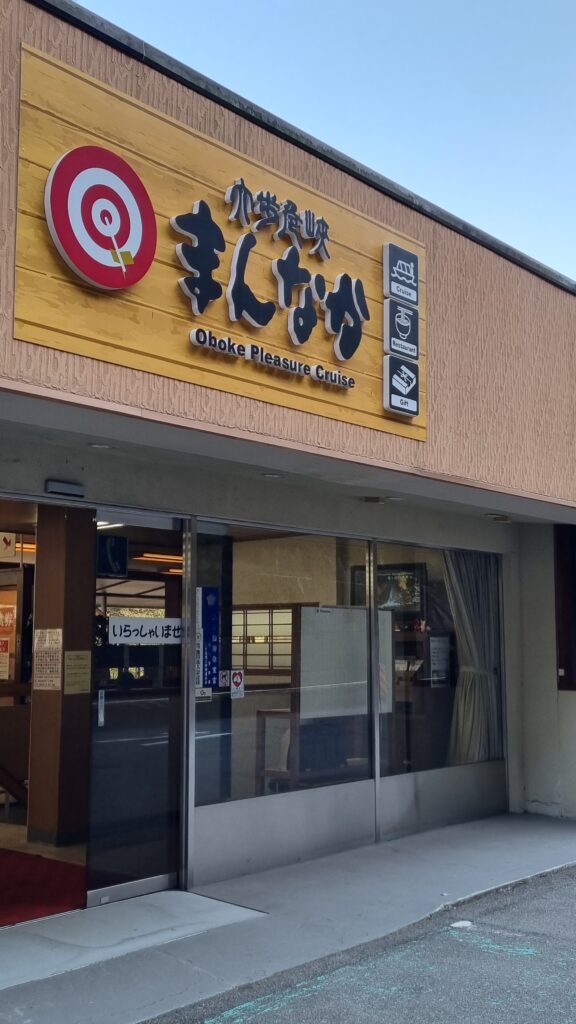
Our next destination was the Oboke Gorge.
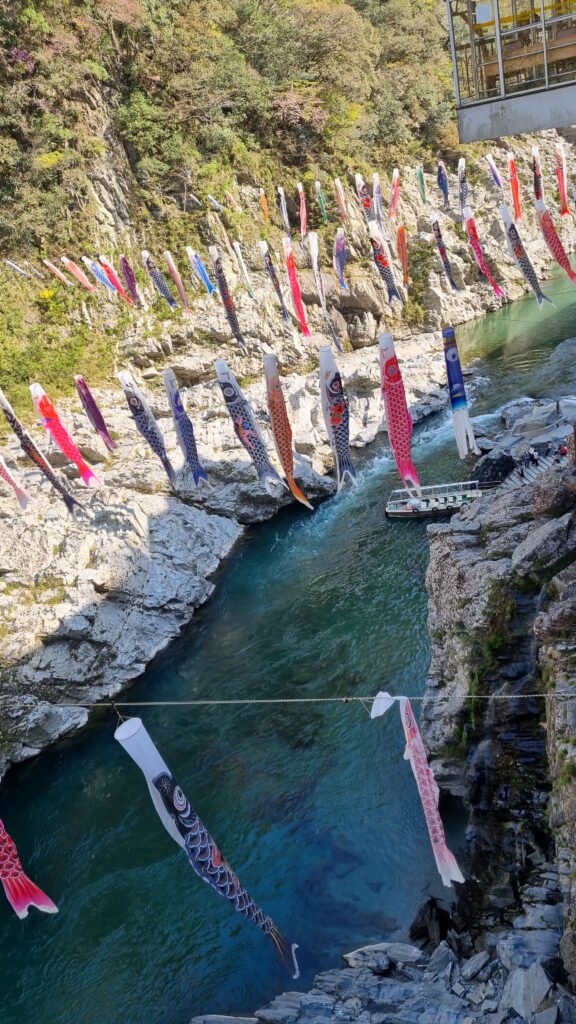
Oboke Gorge is a striking natural formation carved by the Yoshino River over millions of years. Its dramatic cliffs, towering up to 100 meters, frame the gorge’s crystal-clear, emerald waters. A paradise for nature enthusiasts and adventurers, Oboke offers thrilling boat rides that navigate through its narrow, winding passageways, providing breathtaking views of the steep rock faces. The gorge is also popular for outdoor activities like white-water rafting and hiking.
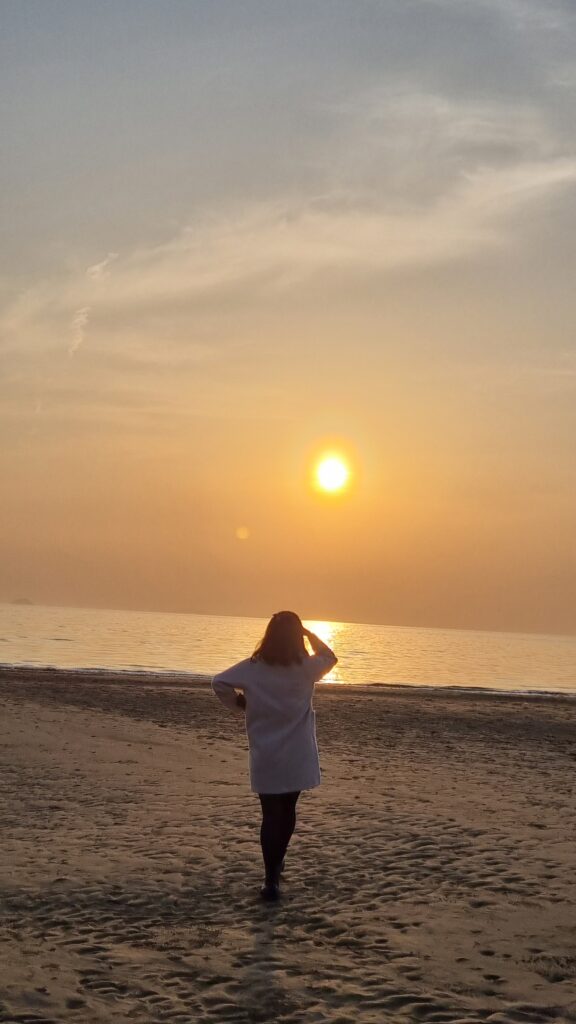
After Oboke Gorge, we came to Chichibugahama Beach to view the sunset.
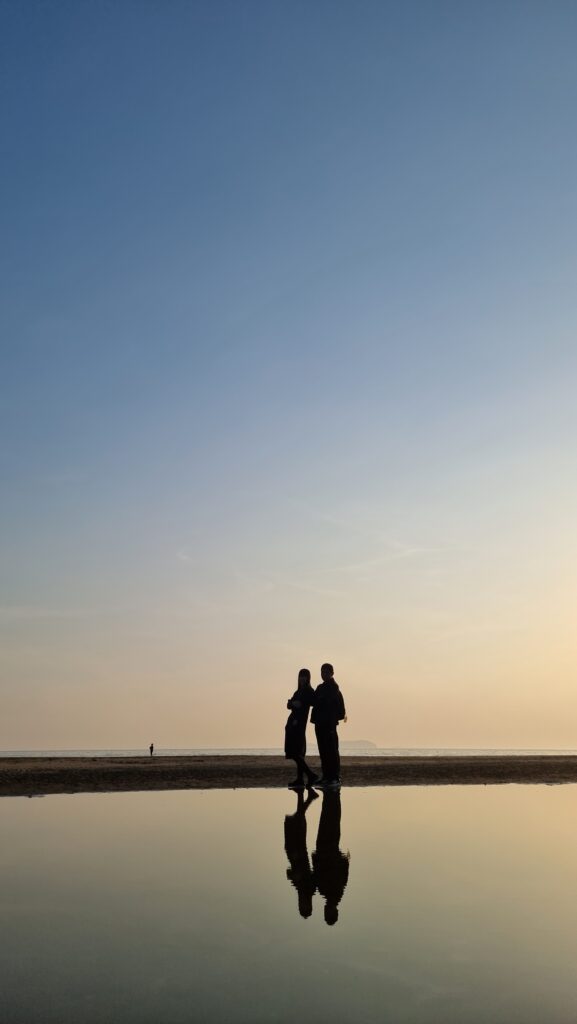
Chichibugahama Beach is famed for its breathtaking sunsets and mirror-like reflections during low tide. Often called Japan’s “Mirror Beach,” this serene coastal spot offers visitors the chance to capture stunning photos of the sky and sea blending into one. The wide, shallow beach stretches for about a kilometer, creating perfect conditions for its famous reflective surface. As the sun sets, the vibrant colors reflect on the still waters, creating a magical, almost surreal atmosphere.

My bedroom for the third night.
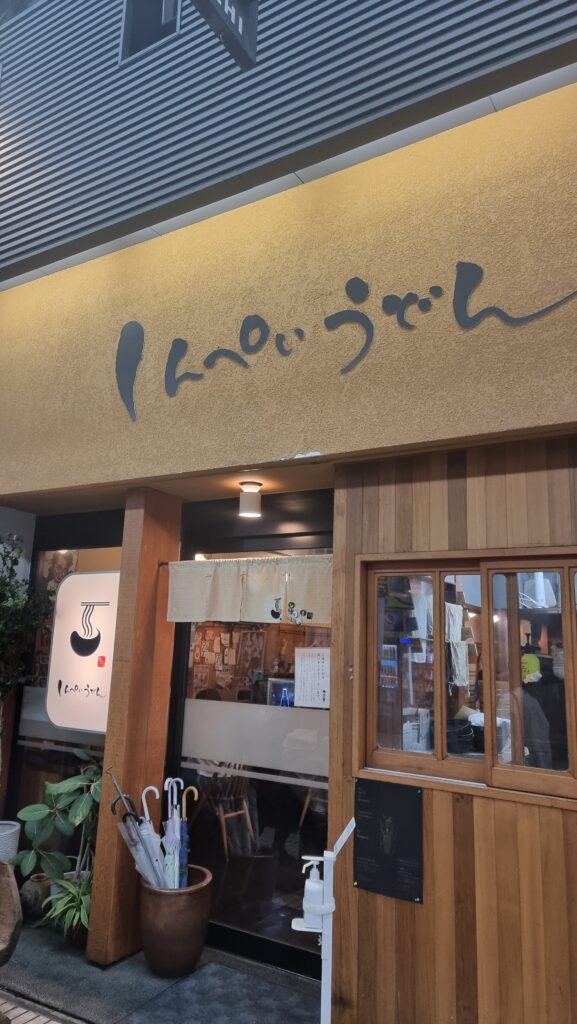
After some searching, we decided to eat at this restaurant.

We ordered Curry Udon with Tempura.

Dashi Udon with Tempura.

Seaweed Udon with Ebi Tempura. The total cost for 3 bowls of Udon was about 3200 yen. Cheap and good.
With this meal, we ended the trip here and flew back the next morning. We will come back to explore more new places when the opportunity arises.
Sayonara for now.


